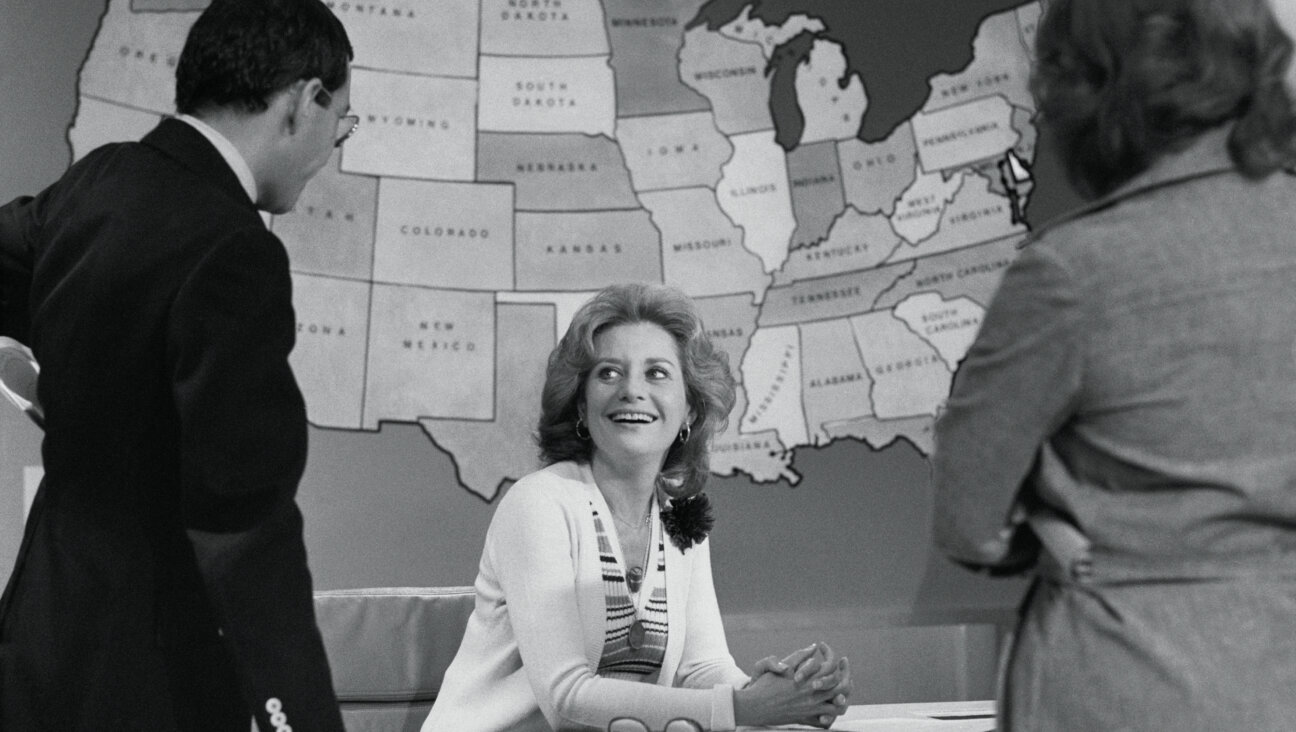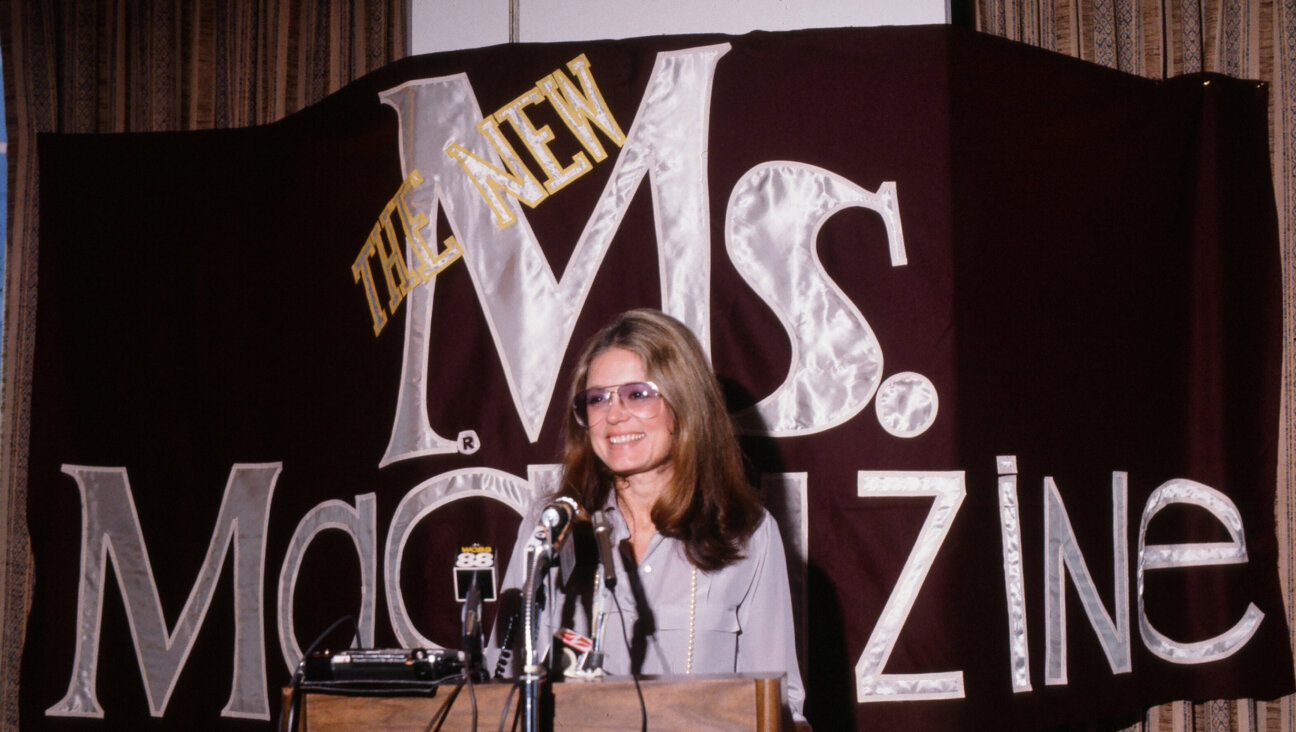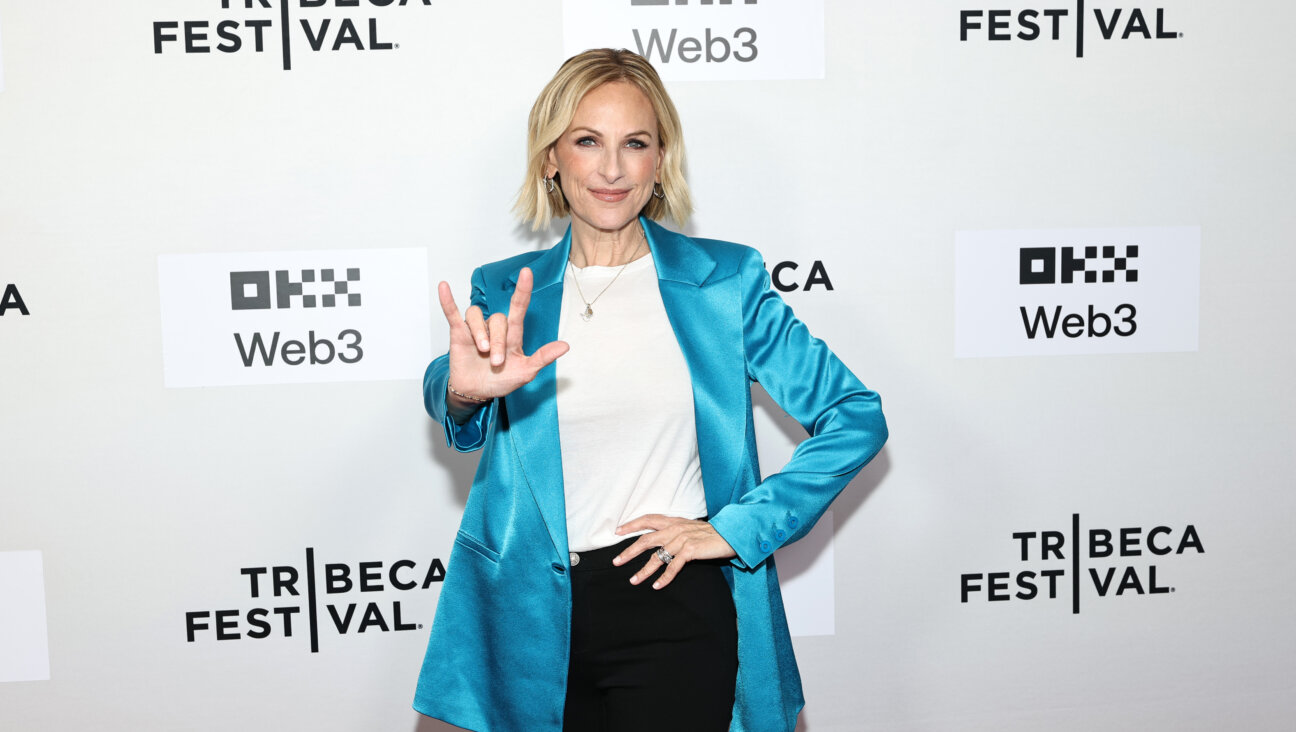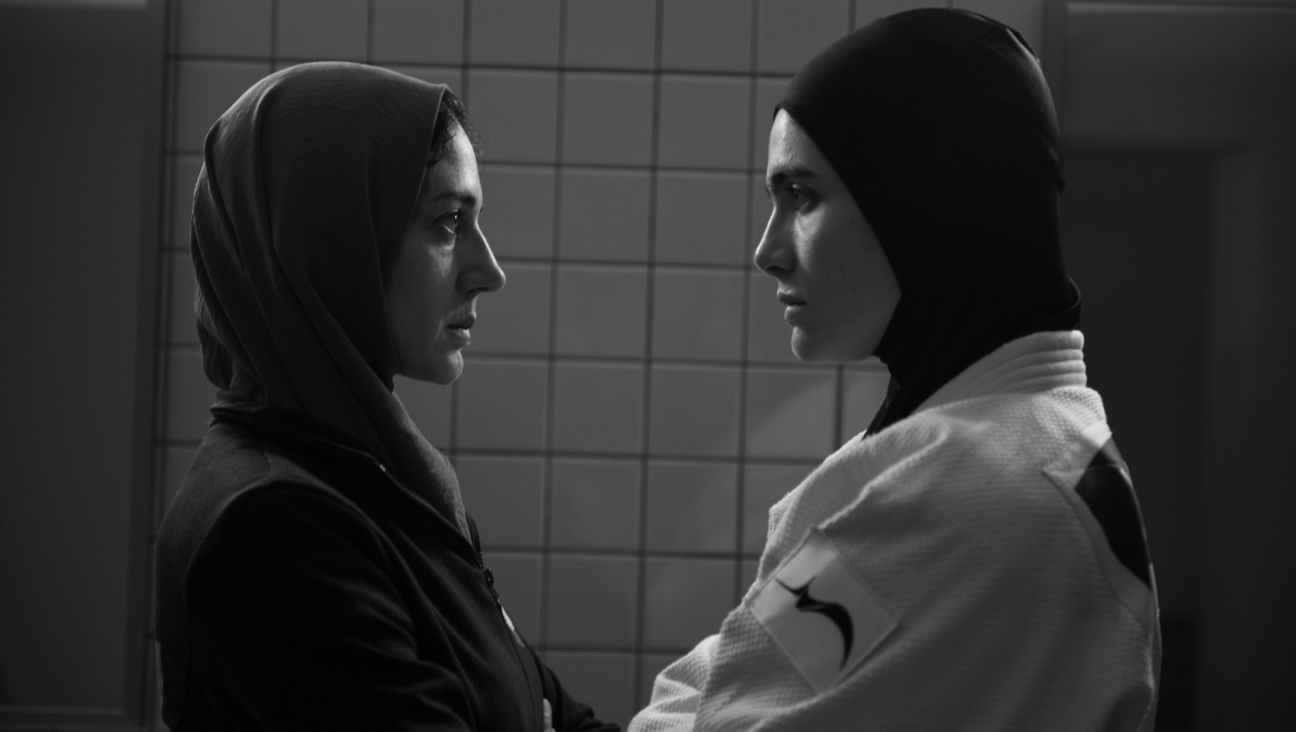The Secret Jewish History Of SpongeBob Squarepants

SpongeBob Squarepants has been delighting children since 1999. Image by Getty Images/Greg Doherty/Contributor
On November 26 Stephen Hillenburg, the unassuming marine biologist who reached millions with his cartoon creation SpongeBob Squarepants passed away from complications of ALS. Hillenburg was 57.
Eternally optimistic, absorbent, yellow and porous, Hillenburg’s signature creation truly needs no introduction, nor does his permanent residence in a pineapple under the sea. But how did such a strange creature, a sea sponge from the phylum porifera in geometric trousers, come to be so popular? The Jews had a bit of a hand in it.
In the 1980s Hillenburg was working at the Orange County Marine Institute when he was tasked with creating an educational comic for kids. The comic feature an early version of SpongeBob (a Doodle Bob, if you will) called Bob the Sponge. By 1987, Hillenburg’s lifelong interest in art and undersea life moved him to leave the world of science to become an animator. Hillenburg applied to CalArts Experimental Animation Program with his educational comic, “The Intertidal Zone,” and was accepted in 1989. There he worked under his mentor, the Jewish artist Jules Engel who founded the program.
After graduating Hillenburg worked on the Nickelodeon show “Rocko’s Modern Life” as an animation director. The show ended in 1996, but his relationship with the studio allowed him to pitch a new cartoon.
In 1997, togged in a Hawaiian shirt, he rolled an underwater terrarium into Nickelodeon Studios. Inside were more evolved models of his “Intertidal” characters. Bob the Sponge was now SpongeBob, a wide-eyed innocent, happy in his menial fry cook job with a personality drawn from Charlie Chaplin, Jerry Lewis and Paul Reubens’ beloved man-child Pee-Wee Herman.
“SpongeBob Squarepants” aired in 1999, with its title character voiced by Tom Kenny and surrounded by a menagerie of supporting characters like Rodger Bumpass’s peeved octopus Squidward Tentacles, dim-witted starfish Patrick Star, voiced by Bill Fagerbakke and the Texas-born undersea squirrel Sandy Cheeks played by Carolyn Lawrence. In a flash the zany cartoon was the stuff of Macy’s Thanksgiving Day balloons and branded snow cone machines.
By 2017, after two hit films and over 200 episodes, the only place left for the saffron invertebrate to conquer was the Great White Way. Jewish producer and director Tina Landau groomed SpongeBob for Broadway, recruiting a pool of star musicians like David Bowie, The Flaming Lips and John Legend to pen the songs. Landau directed the musical, which was tied together with bookend numbers by “Ask Me Another” house musician Jonathan Coulton, known for his track “Wikipedia Chanukah.”
And while it’s fair to say “absorbent and yellow and goyische is he” for the original casting of the titular square hero, for the Broadway version, Ethan Slater, a twenty-five year old Jewish kid from Silver Springs, Maryland stepped into the knee-high tube socks. Slater won a Drama Desk Award, Outer Critics Circle Award, a Theater World award and two Broadway.com Audience Awards for his performance. He was nominated for a Tony, too.
“I would say that SpongeBob at his core is this optimistic, loving, best friend,” Slater told Newsweek this April. “Getting to play him every day has sort of rubbed off on me and improved my life.”
For almost two decades that optimism has proved infectious. And to think it all began with a desire to teach kids about a common, undersea invertebrate
PJ Grisar is the Forward’s culture intern. He can be reached at [email protected].
























